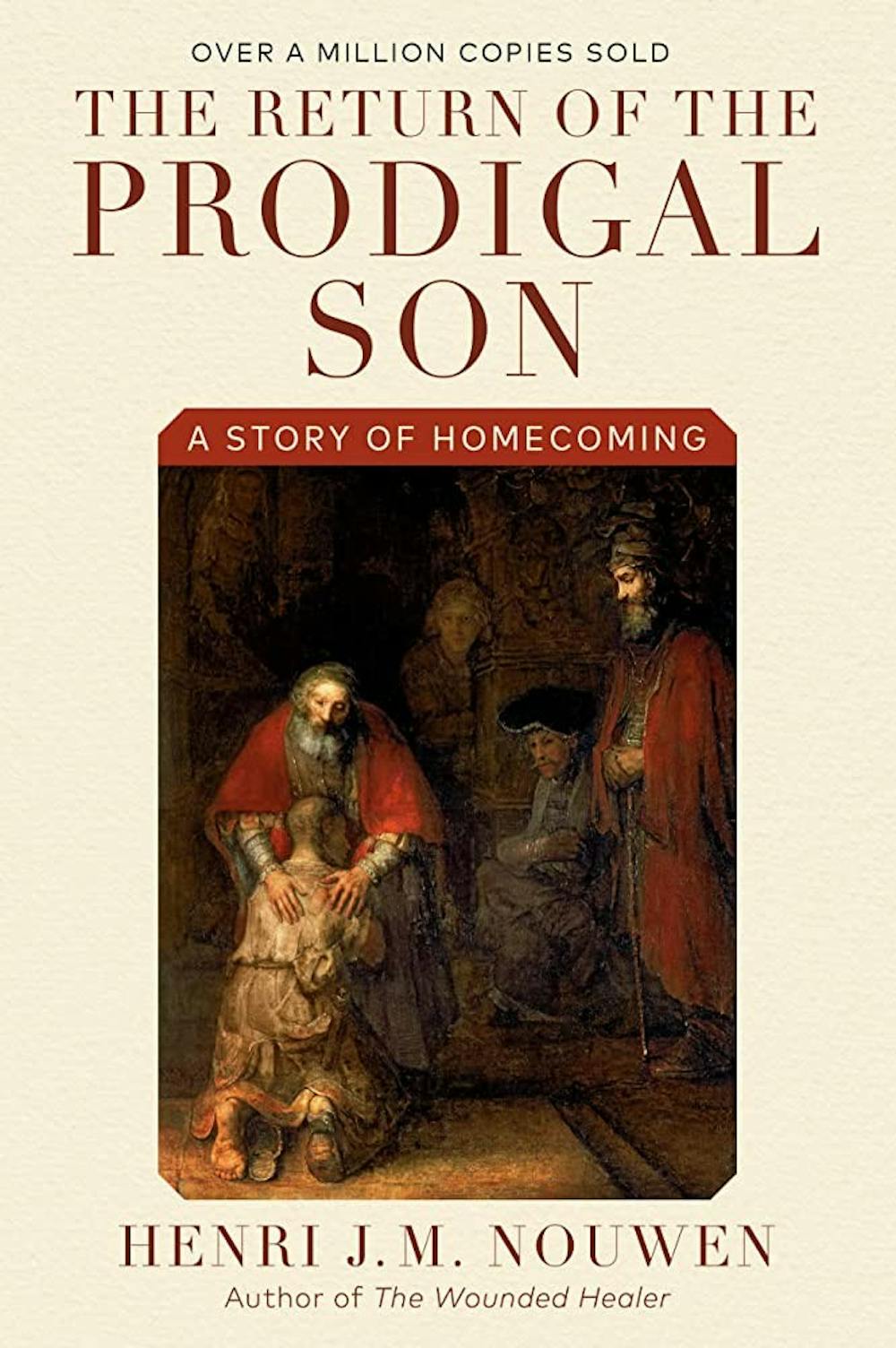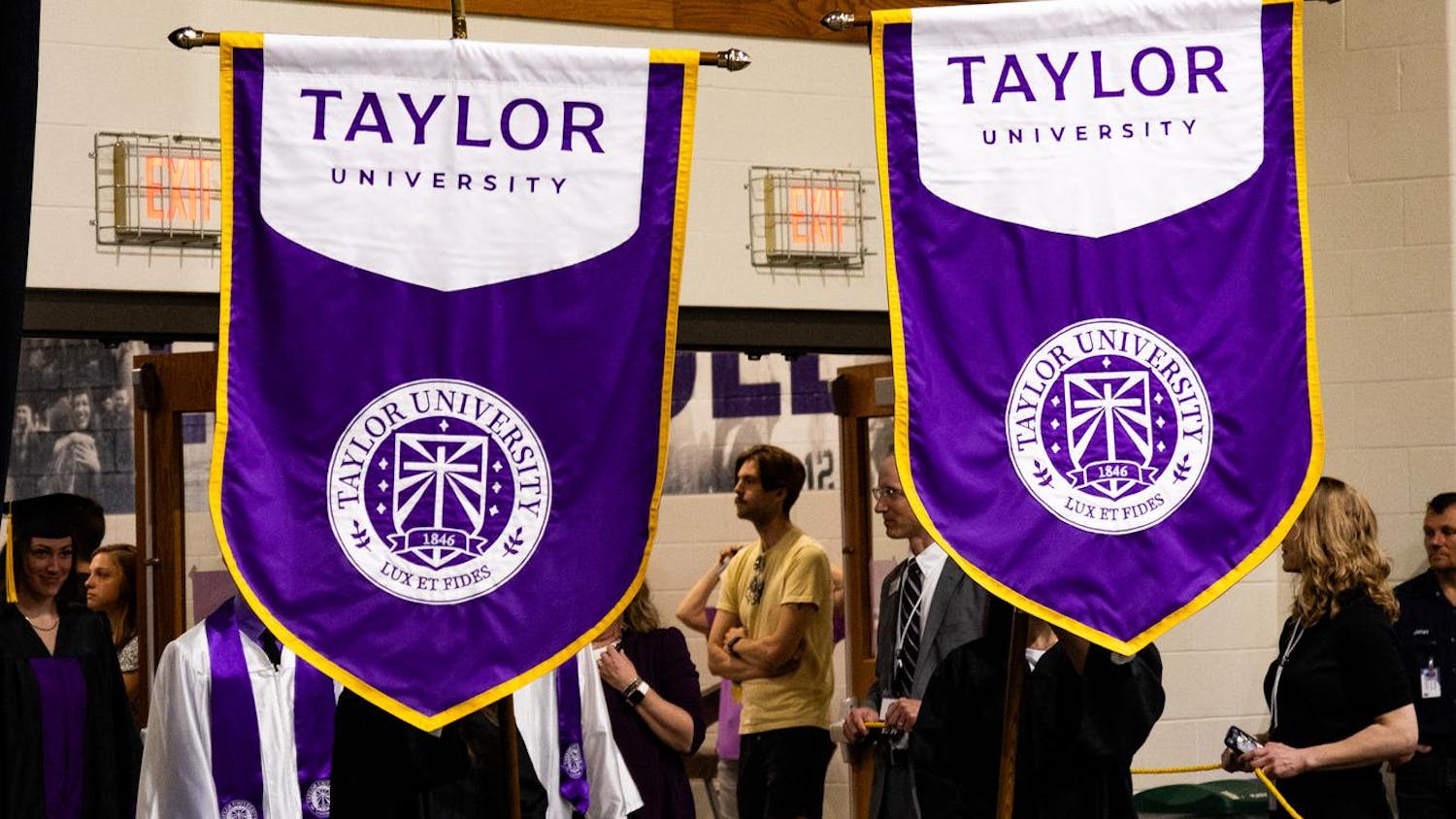Etched into the stone near the entrance of the Zondervan Library is a quote by John Ruskin, one of the greatest English writers and philosophers from the Victorian era.
“All books are divisible into two classes. The books of the hour and the books of all time.”
One of those books that has seemed to stand with readers time and time again is “The Return of the Prodigal Son” by Henri Nouwen.
Nouwen was a Dutch Catholic priest who served in many capacities, most notably as the pastor at L’arche Daybreak — a community of individuals with intellectual disabilities. Nouwen was a prolific writer of many books on spiritual formation.
“The Return of the Prodigal Son” centers around Nouwen’s fascination with the painting of the same name by Golden Age artist Rembrandt and details the spiritual insights found within the piece.
The book is divided into three main parts: the younger son, the elder son and the father. In doing this, Nouwen focuses on the three main characters of the painting and the implications of Rembrandt’s select way of using light, shape and color to express biblical truth.
To begin, Nouwen’s reflection on the painting takes soft, slow steps through the events in Rembrandt’s life that compelled him to create such a masterpiece. Even though Rembrandt painted many biblical stories, “The Return of the Prodigal Son” was one of his last and most famous works. Nouwen believes that Rembrandt draws on his own experiences of suffering to paint such a relatable prodigal son.
One keen insight is the use of the word ‘return’ in describing the son. Nouwen notes that return is only possible after leaving a starting place. To Nouwen, it is paramount that the son has always had a place to come home to — an identity from which he started, an identity rooted in the home of his father.
Nouwen also reflects on the joys and sorrows of his own life as he seeks to relate to each of the characters in the piece. It is apparent, however, that Nouwen relates most to the elder son in the painting. The idea that the elder son must also return is implicit in the painting (and also in the parable it is based on in Luke 15).
The elder son holds an incredulous view of the father’s grace toward his younger brother. Nouwen recognizes that the view of the father is only possible because the older son does not recognize the grace and love his father has shown him throughout his life. Nouwen confesses that he himself has a difficult time accepting such unconditional love from his own Heavenly Father.
The climax of Nouwen’s story is found in the last section: the father. To Nouwen, the father takes center stage in the parable and the painting. Nouwen was so insistent that he believed the parable should be renamed the “Parable of the Father’s Love.”
“Looking at the way in which Rembrandt portrays the father, there came to me a whole new interior understanding of tenderness, mercy and forgiveness,” Nouwen wrote.
From the ways his hands are displayed to the posture in which his cloak is falling off his shoulders, Nouwen finds deep meaning in the way Rembrandt painted the father. Along with passages from Scripture, Nouwen uses the beauty of Rembrandt’s painting to reconstruct the narrative he held of the Heavenly Father.
Drew Moser, director of Taylor University’s Director of Master of Arts in Higher Education Initiatives encouraged his CMI 262 Personal Foundations for Ministry class to read the book because he has found it to be so influential. He loved the richness of each of the main characters and how there was room to engage with them.
“Seriously. I feel a profound connection to all the characters,” Moser said.
“The Return of the Prodigal Son” is an invitation to reflect on the parable of the prodigal son as well as the events of our own life in view of God’s grace. It is an opportunity to meditate on anything — a painting, creation, a person — and discover how the character of God is displayed.
Take some time this semester to pause and reflect on how the Father’s love has welcomed you home when you have felt lost. Read “The Return of the Prodigal Son” and discover why, for many believers, this book will stand the test of time.




